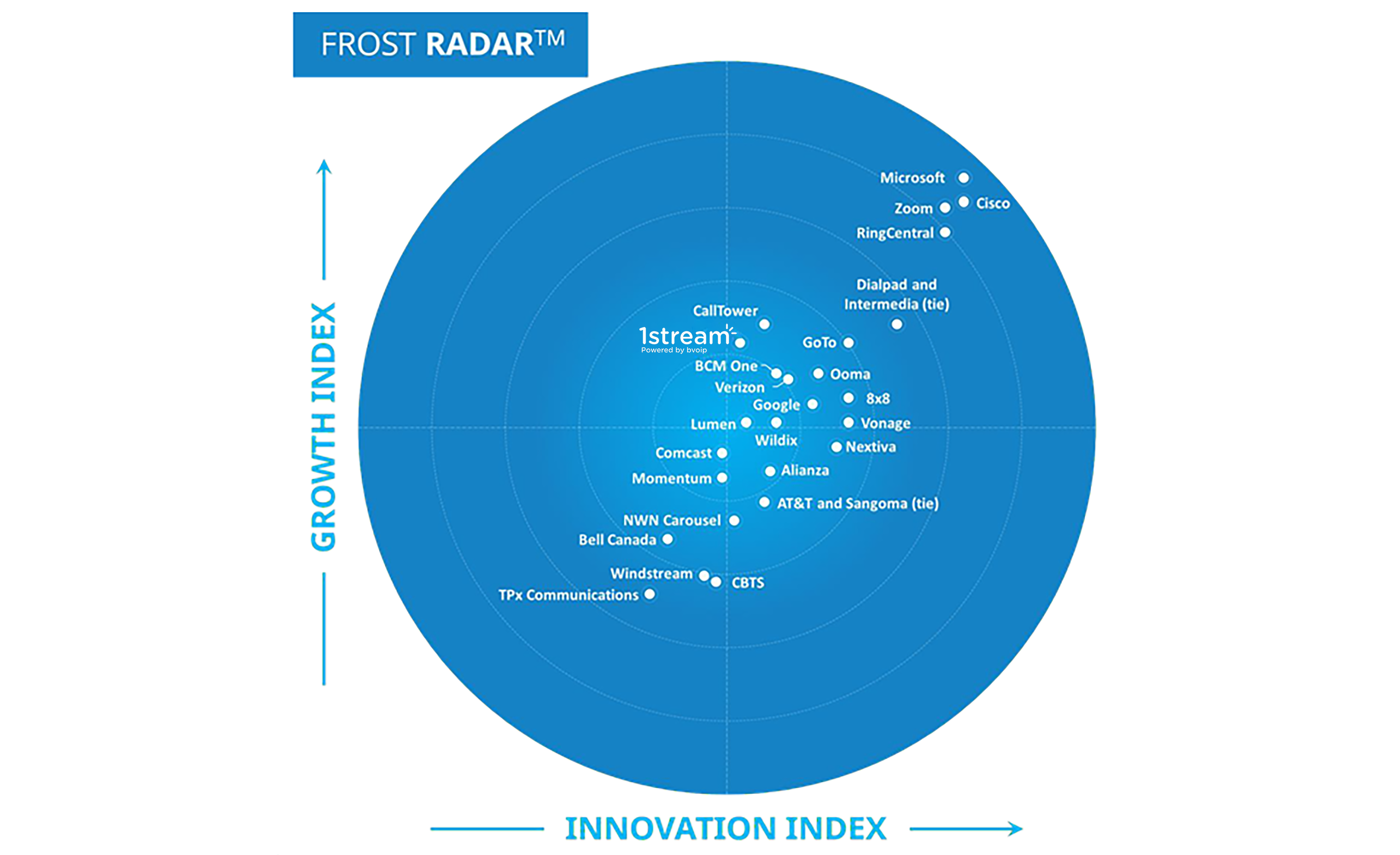It’s one thing if you surf the web and the page you are browsing to takes a little longer to load but if your voice or video call  breaks up that’s a whole different story. Real time communications react completely differently than most other things on the internet. So what do we mean about location being important?
breaks up that’s a whole different story. Real time communications react completely differently than most other things on the internet. So what do we mean about location being important?
When your UC system or provider is providing their technology from the cloud the “further” away you are from their data centers the more chance for trouble. How so? Let go through it…
- Latency- the measure of time delay in moving packets from the transmitting agent to the receiving agent; the maximum duration of latency that a VoIP system can sustain without deterioration of service is 150 ms in any one direction. Best practices state to try and keep to under 85ms.
- Jitter- a variation in packet transit delay caused by queuing, congestion, timing drifts, route changes and serialization effects on the path through the network; the maximum allowable duration of jitter is 40 ms before deterioration occurs. Best practices state to try and keep under 15ms.
- Lost packets- the failure of one or more packets to reach their destination across the network; the maximum allowable packet loss is less than 1% for WANs and less than 0.05% for LANs. This is important as the longer the distance the large the chance there is going to be packet loss.
- MOS- mean opinion score is a subjective measure of voice quality that gives a numerical indication of the perceived quality of the media received; MOS is expressed as a number from 1 to 5, with 1 (bad) being the worst and 5 (excellent) being the best. (Mathematically, 4.41 is the maximum MOS for G711, while the maximum is 4.07 for G729.) It is important you have tools to constantly generate a MOS score when troubleshooting an issue or testing a network for VoIP.
- R-value- a quantitative expression of the subjective quality of speech in communication systems for digital networks that carry VoIP or for which VoIP is under consideration; R-values range from 1 (worst) to 100 (best), and the metric is often used in conjunction with MOS, although the R-value is considered a more accurate portrayal of the effects of packet loss and latency. Again, It is important you have tools to constantly generate a MOS score when troubleshooting an issue or test a network for VoIP.
These metrics are critical to making sure VoIP actually works and works well. If you choose a cloud or cloud provider who doesn’t have a regional presence with good metrics to your end user location, then chances are you will have a bad experience.
Here at BVoIP we are powered by Rackspace and live in multiple data centers around the world that are in region. We rely on Rackspace’s upstream cross connections to multiple back haul and last mile internet providers to provide us the fastest route to your site.
























